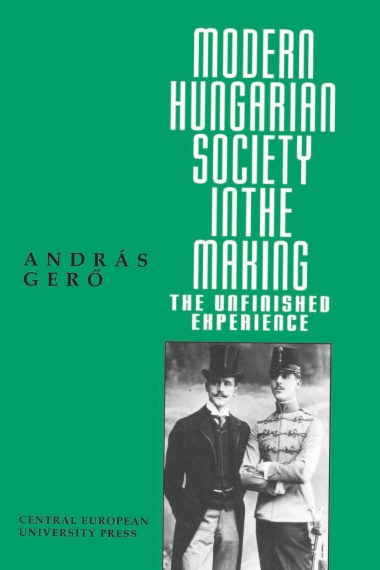Illuminates the problems connected with Hungary's transition to a civil society while providing insights into the development of political culture and the rise of civil and national consequences.
- cover
- front matter
- Contents
- List of illustrations
- Preface
- Part One Towards a civil society
- 1 The Making of Modem Hungary
- 2 Industrial Development in the Eyes of Opposition Reformers of the 1840s
- 3 The Emergence ofBourgeois Thought: Arguments in Favour of the Polish Uprising at the Hungarian Diet of 1832-6
- 4 Count Széchenyi and the Conflicts of Modemity
- 5 Liberalism, 1830-67: Reformer Roles and Social Awareness
- 6 Politics and National Minorities, 1848-9
- Part Two The emergence of civil society at the crossroads of liberalism and conservatism
- 7 Mamelukes and Zoltans: Elected Representatives under the Dual Monarchy
- 8 The Two Houses of Parliament: History of a Changing Atmosphere
- 9 Liberalism, Conservatism and Political Legitimacy under the Dual Monarchy
- 10 Liberals, Anti-Semites and Jews at the Birth of Modem Hungary
- Part Three National consciousness and the making of cults
- 11 The Millennium Monument
- 12 A Hungarian Cult: Queen Elisabeth ofBavaria
- 13 March the Fifteenth
- Biographical index
- Back cover

